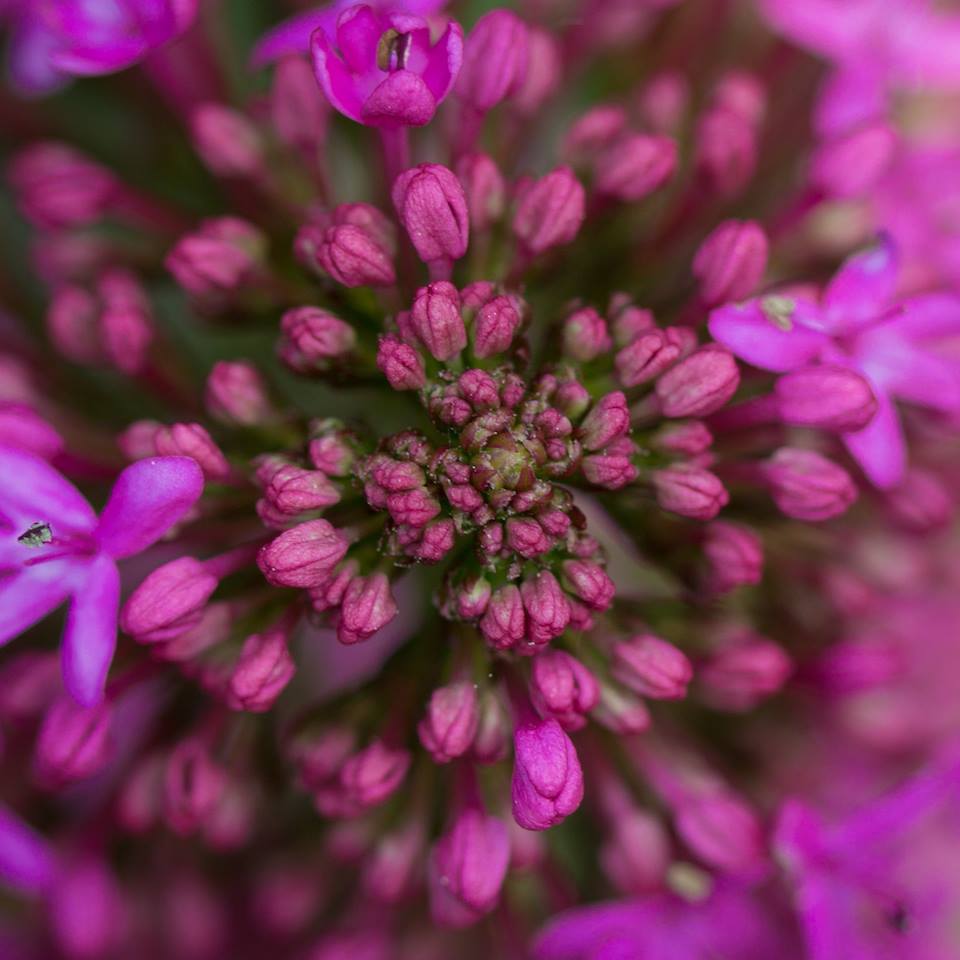
The rich magenta and ruby hues of Red Valerian are a lovely sight in the summer, whispering of the Mediterranean.
Photo: Amanda Scott
Scientific name: Centranthus ruber
Other common names: Kiss-me-quick, Drunkards, Sweet Betsy, Spur Valerian, Fox’s Brush, Jupiter’s Beard
What to look for:
· Family: Valerianaceae (Valerian family)
· Flowers: Panicles of small, deep pink to red flowers, with a white form also frequently occurring.
· Leaves and stem: Greyish-green, oval, opposite leaves, which are stalked lower down but stalkless (sessile) higher on the stem.
· Height: Up to 80 cm tall.
· Where: Mainly southern and central regions of the UK, including Wales, rarer further north, where it is mainly coastal. An introduced species from the Mediterranean, now naturalised. Found on walls, banks, sandy and rocky areas.
· When: Flowers from June to August.
· Habit: Upright perennial.
Hailing from the Mediterranean, Red Valerian was introduced as an ornamental plant to Britain as far back as the late sixteenth century. Now naturalised in the wild, it is a common, and rather glorious sight on sunny banks and walls across Cornwall and Devon, and into the southerly and central parts of the UK. It is less prevalent further north, so it has not yet entirely shrugged off its balmier Mediterranean origins.
Red Valerian is able to tolerate alkaline soil. This is one of the reasons we so often see it growing in old walls in Cornwall and Devon, where the mortar is rich in lime.

Did you know…?
…There is a white version of Red Valerian, which is not a different species but simply a variety of C. ruber. Even the red colour varies significantly between plants, from rich scarlet to magenta to lavender.
Published: June 2016
Author: Amanda Scott
Photos: Upper – Amanda Scott; lower – © Natural England/Paul Lacey
